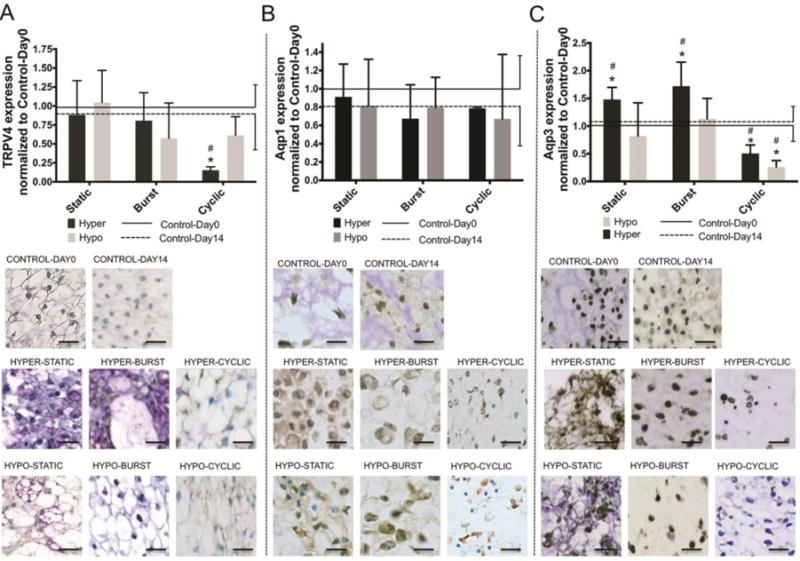Figure 4. Aqp3 expression was most sensitive to changes in osmotic conditions.

Bar plot (mean ± SD) of nucleus pulposus osmoregulatory proteins A) TRPV4, B) Aqp1 and C) Aqp3 normalized to Control-Day0 as a function of osmolarity condition and duration. Aqp3 expression increased under Static and Burst hyperosmolar conditions; TRPV4 and Aqp3 decreased under Cyclic conditions; however, Aqp1 was unaltered. TRPV4 Two-way ANOVA analysis indicated that condition and duration were significant sources of variation (p<0.05) without significant interaction present between variables. Also, Two-way ANOVA analysis indicated that neither condition nor duration were significant sources of variation for Aqp1 expression (p<0.001) without significant interactions. Finally, Aqp3 Two-way ANOVA analysis indicated that condition and duration were significant source of variation (p<0.004) with significant interactions between variable (p<0.001). Tukey multiple comparisons Posthoc test. * = p<0.05 against Control-Day0 and # = p<0.05 against Control-Day14. Scale bar 25um.
